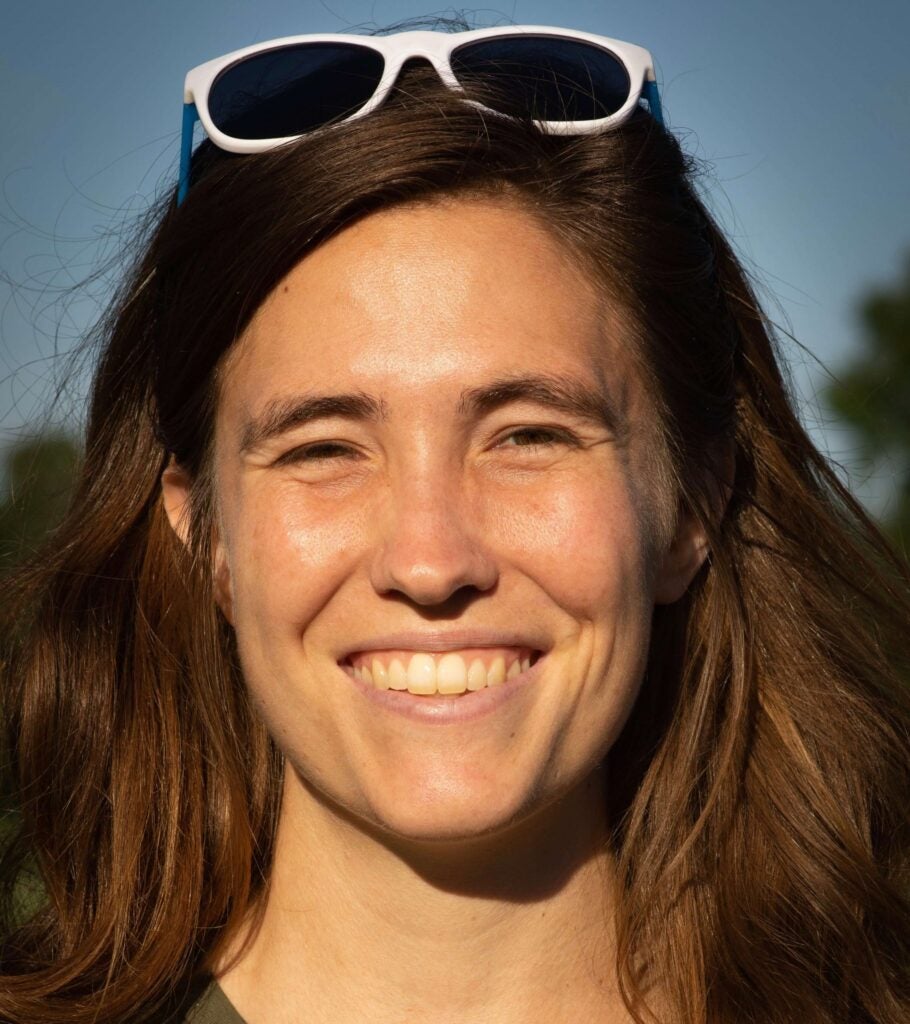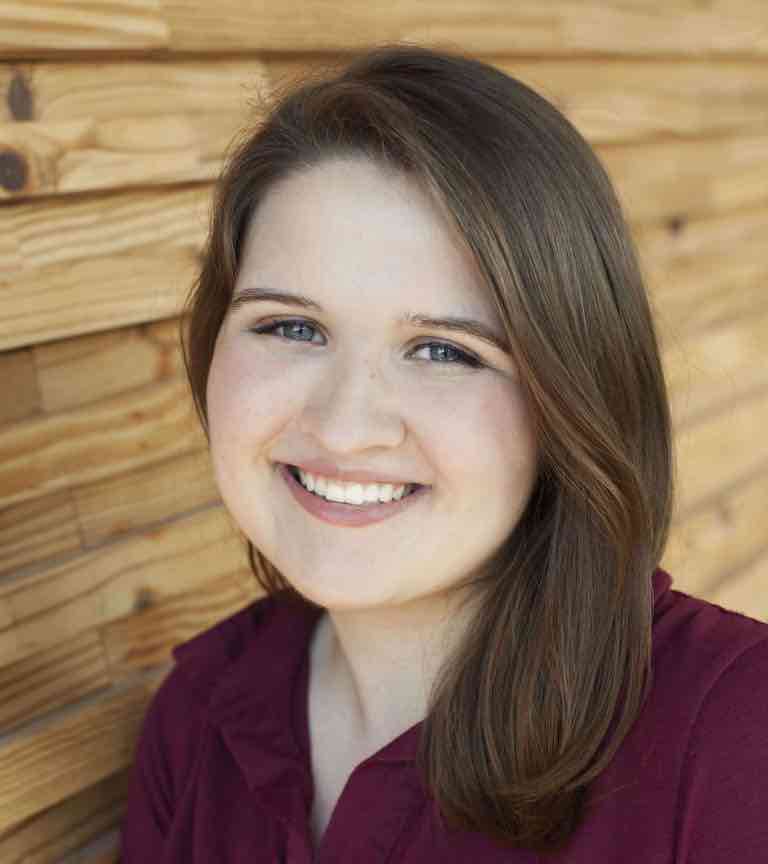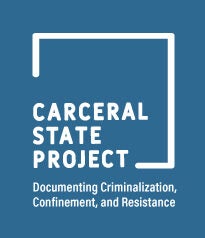
Critical Carceral Visualities is an initiative that investigates the role of visual culture in shaping how we see–or do not see–the carceral state, its subjects, and the complexities of its violence. Our research team creates a variety of resources to support abolitionist visual pedagogies–ways of interpreting images that highlight the systemic injustices of punishment, imprisonment, and the widespread mechanisms of social control of which they are a part. These resources include bibliographic databases of primary and scholarly sources that are tagged and indexed to build and illuminate a distinctly anti-carceral approach to seeing both iconic and lesser known prison-themed imagery. We also make available visual models for reading prison-themed imagery that prioritize deep and layered contextualization of these images, their references, and the work that they do for and against carceral imaginations. Ultimately, we hope to offer and critically frame an inventory of artifacts and tools to benefit the work of scholars, researchers, and activists seeking to complicate and disrupt the naturalization of carcerality in our visual fields.
Research Publications
Mapping the Carceral in Visual Images
Mapping the Carceral in Visual Images offers a methodology for examining visual images related to carcerality. Beginning with a single image of a migrant campsite by Michael Wells, this multimedia report demonstrates how connections within an image allow us to better understand larger, interconnected social problems in the carceral state. Click here or on the image below to view the report. Published June 15, 2020.

Reading Images of Protest in the Black Lives Matter Era
Reading Images of Protest in the Black Lives Matter Era uses the methodology developed by the Critical Carceral Visualities team in our inaugural StoryMap, Mapping the Carceral in Images, to look closely at an image from the 2020 Black Lives Matter protests. We locate an image from Minneapolis within a critical conversation about the intricacies and expansiveness of the carceral state. We also look at an image circulated by the Trump administration to consider how photographs by the state produce counter-narratives to the protest, even as aspects of the photograph assert a different reality. Published Sept. 2, 2020.

Project Team

Ruby Tapia
Associate Prof. of English/Women’s Studies, Director Critical Carceral Visualities Team. Ruby Tapia’s research and teaching engage the intersections of photography theory, feminist and critical race theory, and critical prison studies. She is co-editor of Interrupted Life: Experiences of Incarcerated Women in the United States (University of California, 2010) and author of the forthcoming The Camera in the Cage (Fordham University Press). She is faculty director of the Critical Carceral Visualities team, which is building tools that merge critical visual methodologies with abolitionist imperatives.

Rachel Cawkwell
Ph.D. Student (English). Rachel Cawkwell is a doctoral candidate in the English Language and Literature program. Originally from New York, her research focuses on nineteenth century British literature and carcerality. As part of the Critical Carceral Visualities team, Rachel is helping develop and articulate an abolitionist approach to carceral images.

Madeleine Aquilina
Ph.D. Student (History of Art). Madeleine Aquilina’s doctoral studies focus on architectural modernism and the subject of social housing in a transnational context. Before beginning graduate studies, she worked at a housing justice organization in Chicago. Madeleine is creating tools that leverage visual literacy to foster abolitionist politics through her work on the Critical Carceral Visualities team. During summer 2020, she will curate an exhibition at the National Public Housing Museum in Chicago connecting disinvestment from public housing and the expansion of the carceral state in the United States.

Jamaica Jordan
Undergraduate Student (Gender and Health). Jamaica Jordon is from Detroit, Michigan, and is a Gender and Health major at the University of Michigan. She is currently a practicing doula and plans to go to medical school to study Obstetrics and Gynecology. She is part of the Critical Carceral Visualities team, where she is building a database of primary and secondary sources related to prison-themed films and developing systems of indexing and tagging that facilitate critical engagements with philosophies and spectacles of punishment and carcerality.

Madeleine Ripple
Undergraduate Student (Movement Science). Madeleine (Maddie) Ripple is a junior majoring in Movement Science with a minor in Gender and Health. She has always been interested in understanding the relationship between the criminal justice system and social issues and saw the Critical Carceral Visualities Project as a valuable opportunity to engage with representations of the carceral state. Following graduation, Maddie intends to pursue a master’s in public health to further investigate how race and gender impact a person’s interactions with different social services. In addition to the Critical Carceral Visualities Project, Maddie is also a research assistant within Michigan Medicine’s Department of Urology and a leader of a campus organization that strives to address the socioeconomic barriers to and increase diversity in STEM education.

